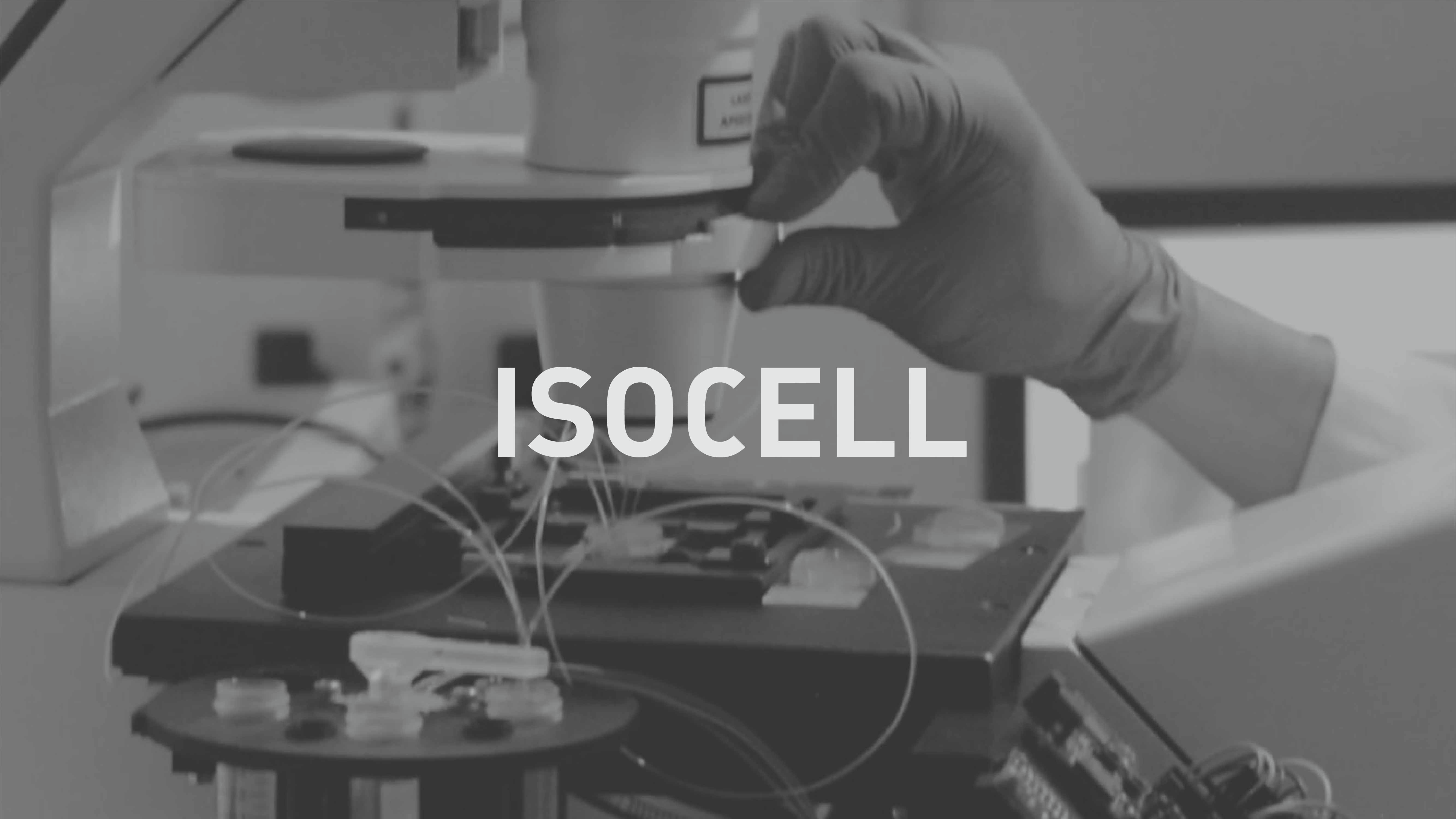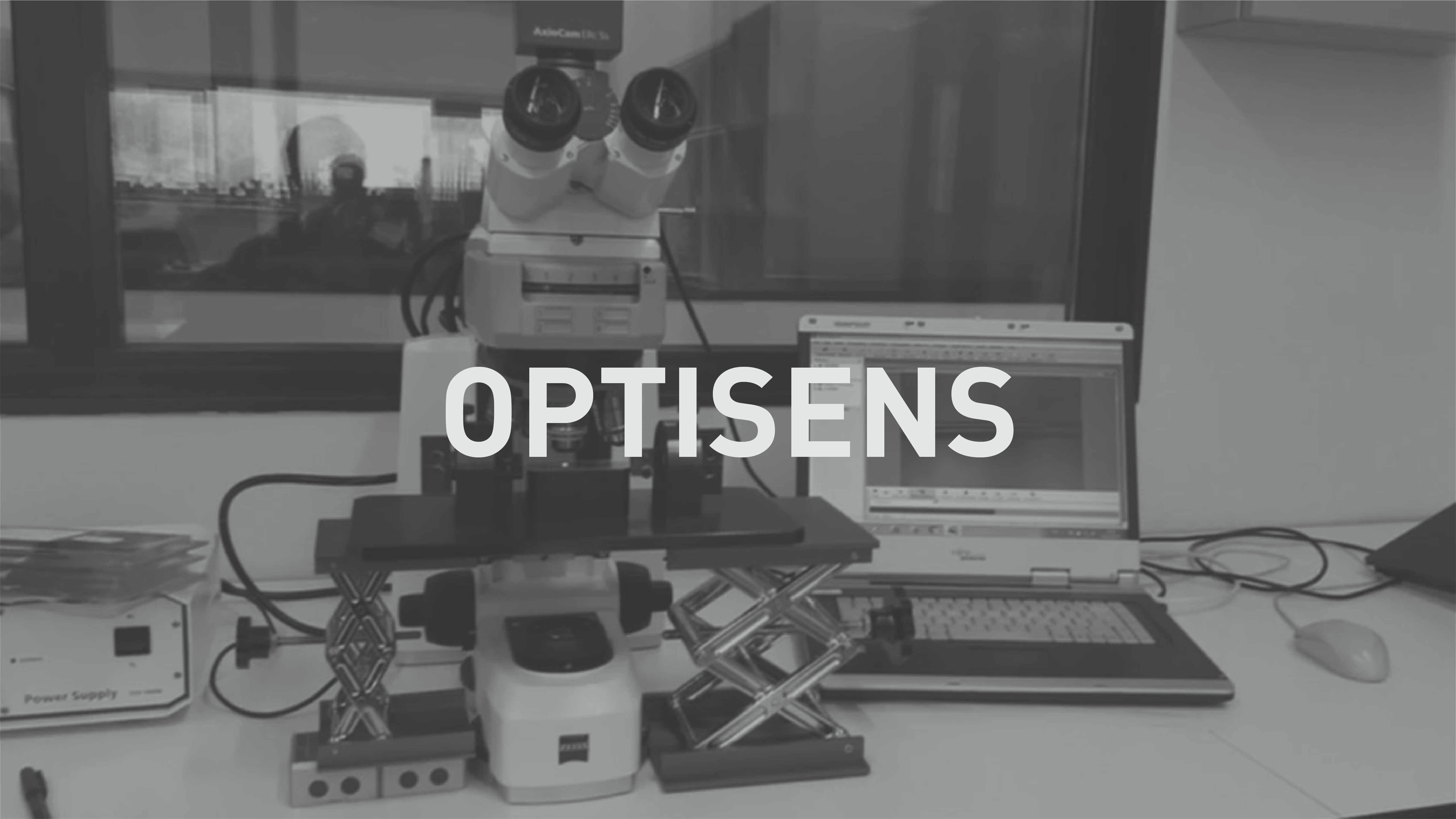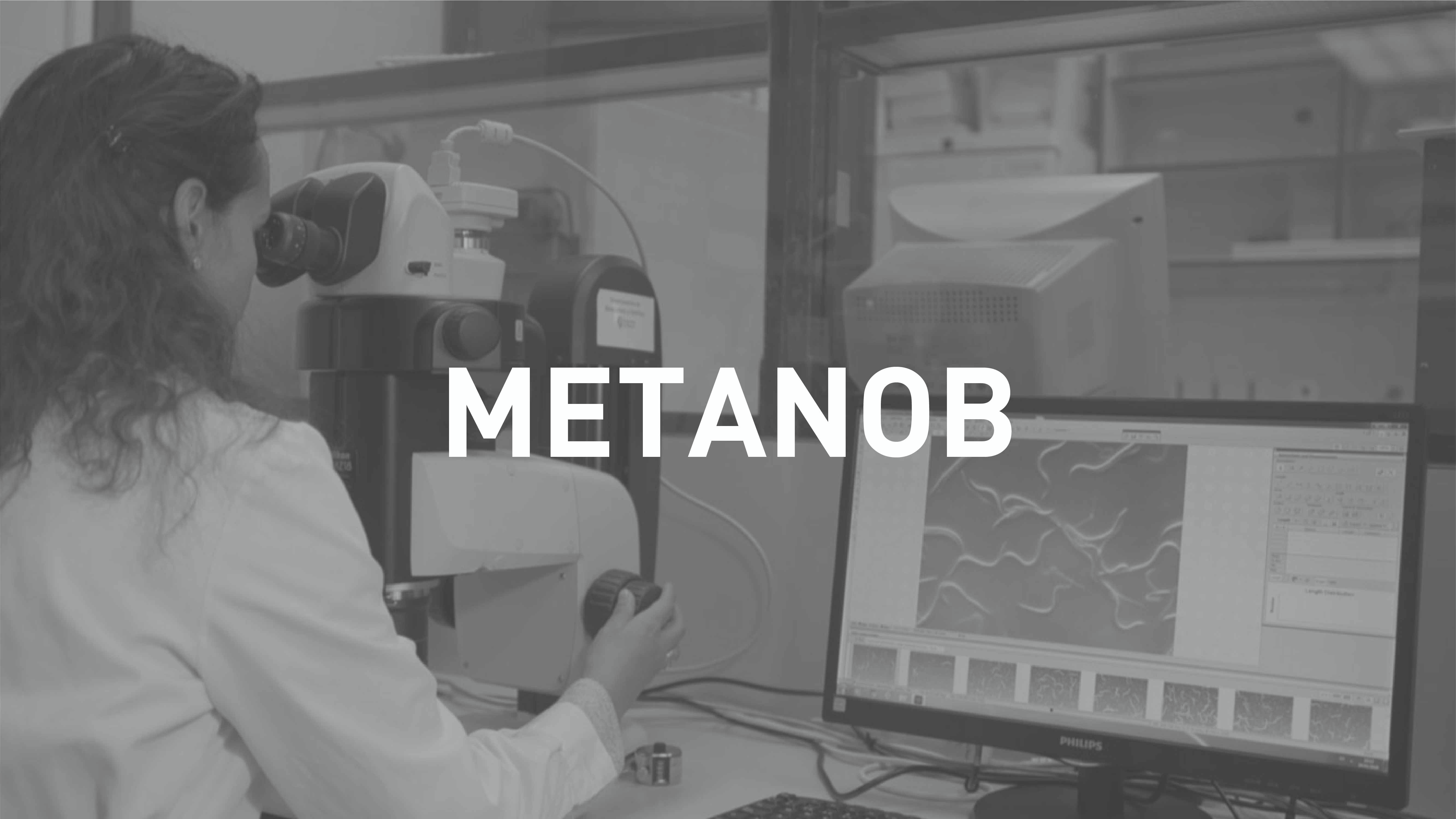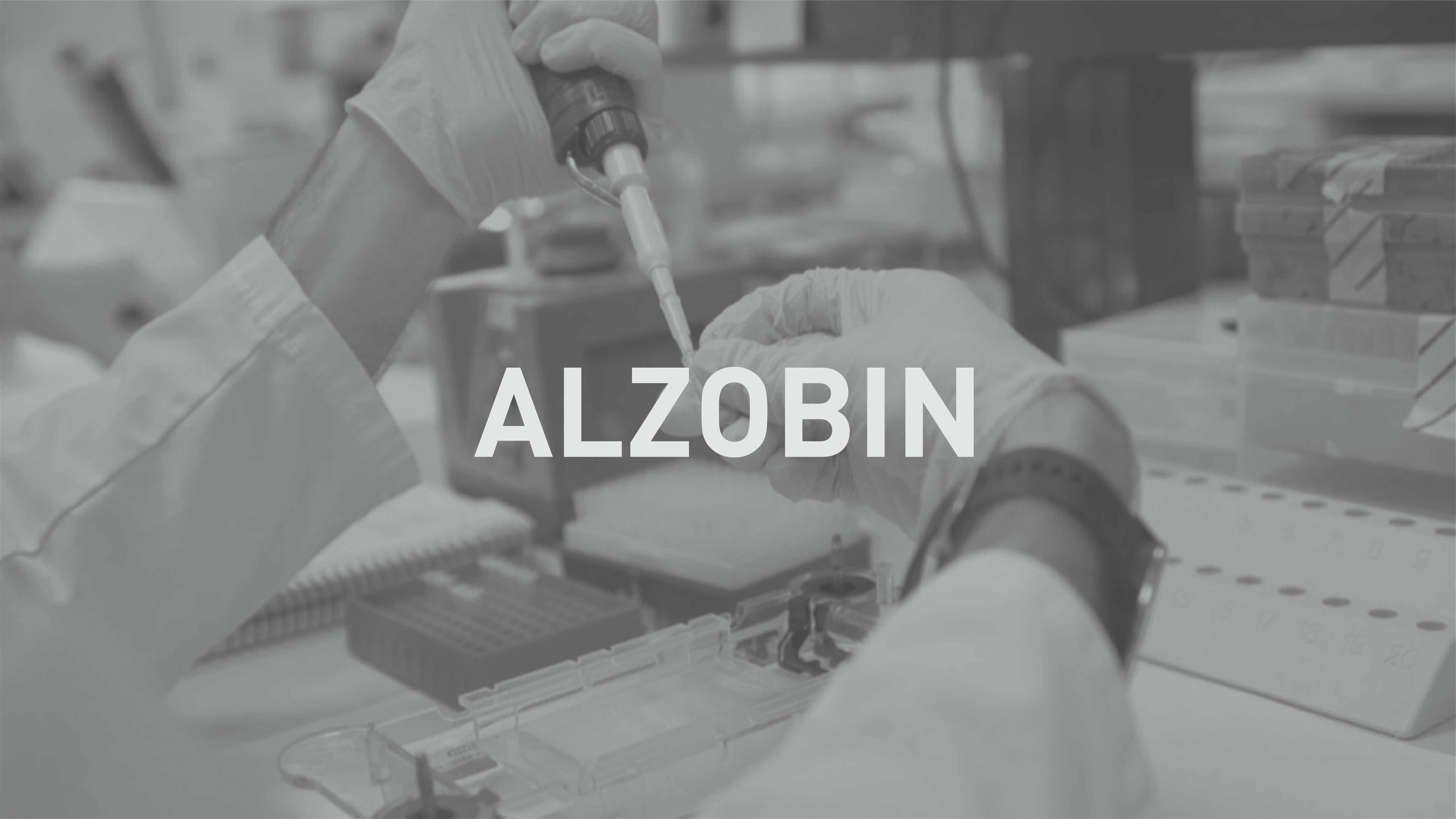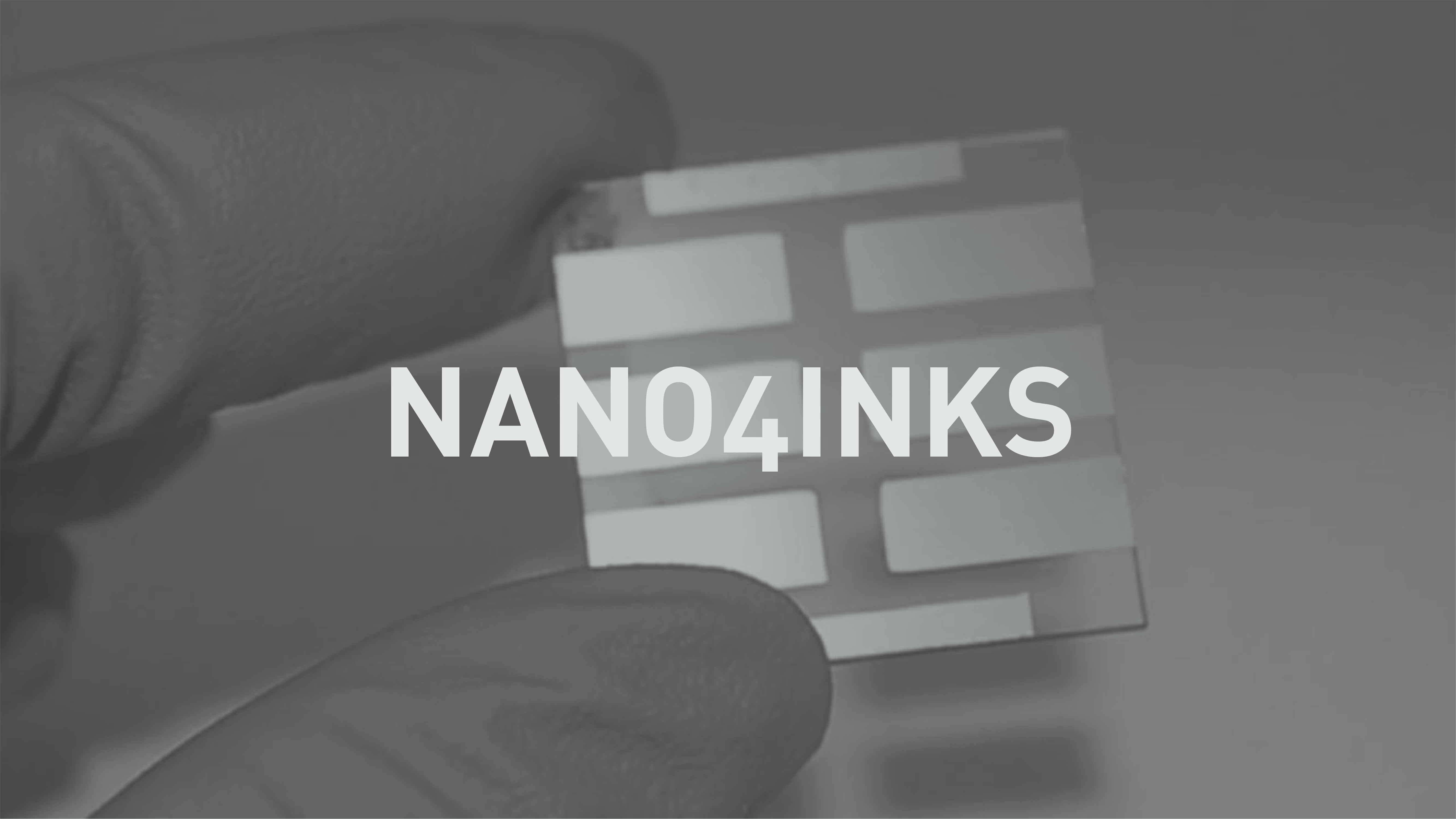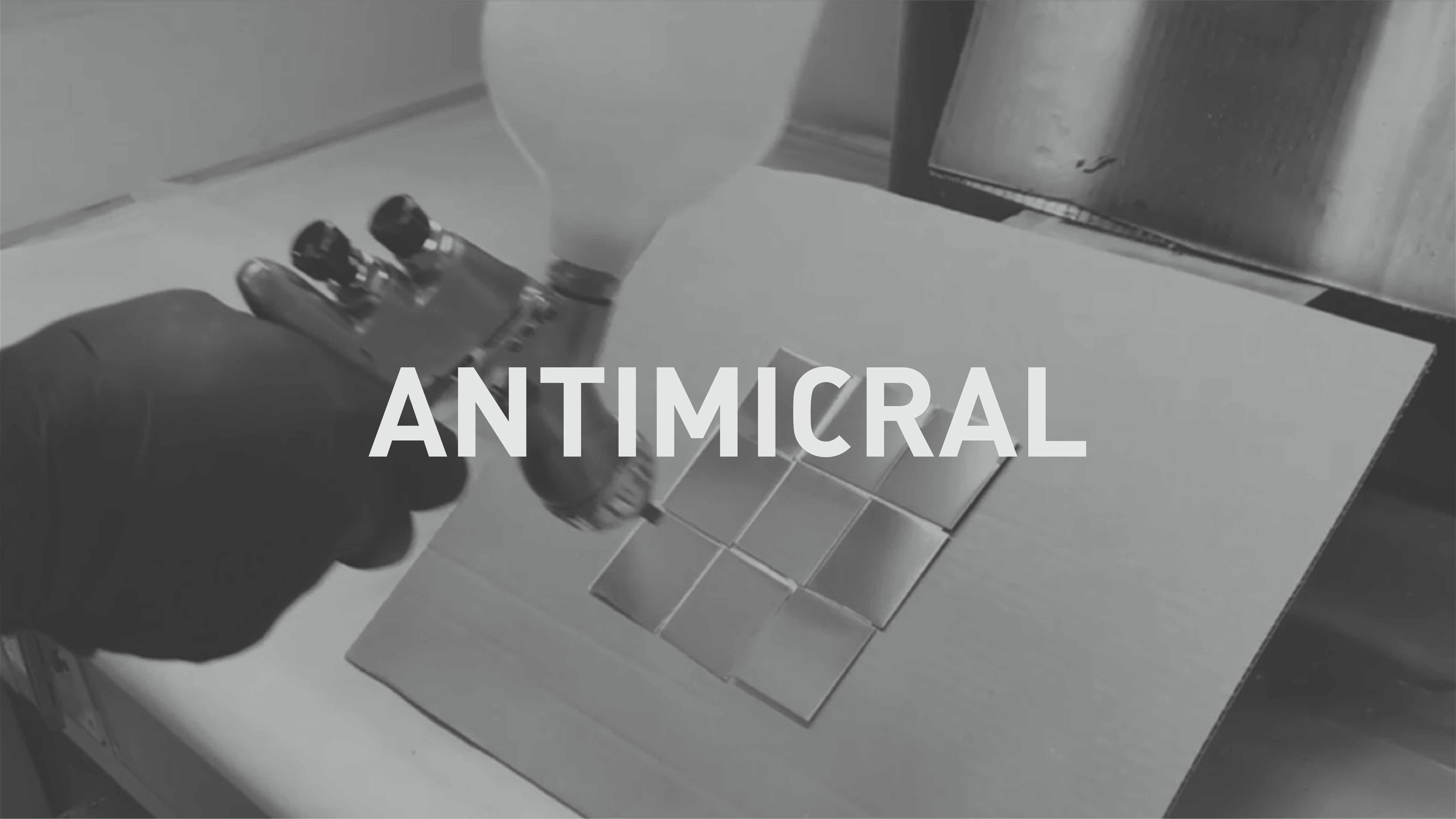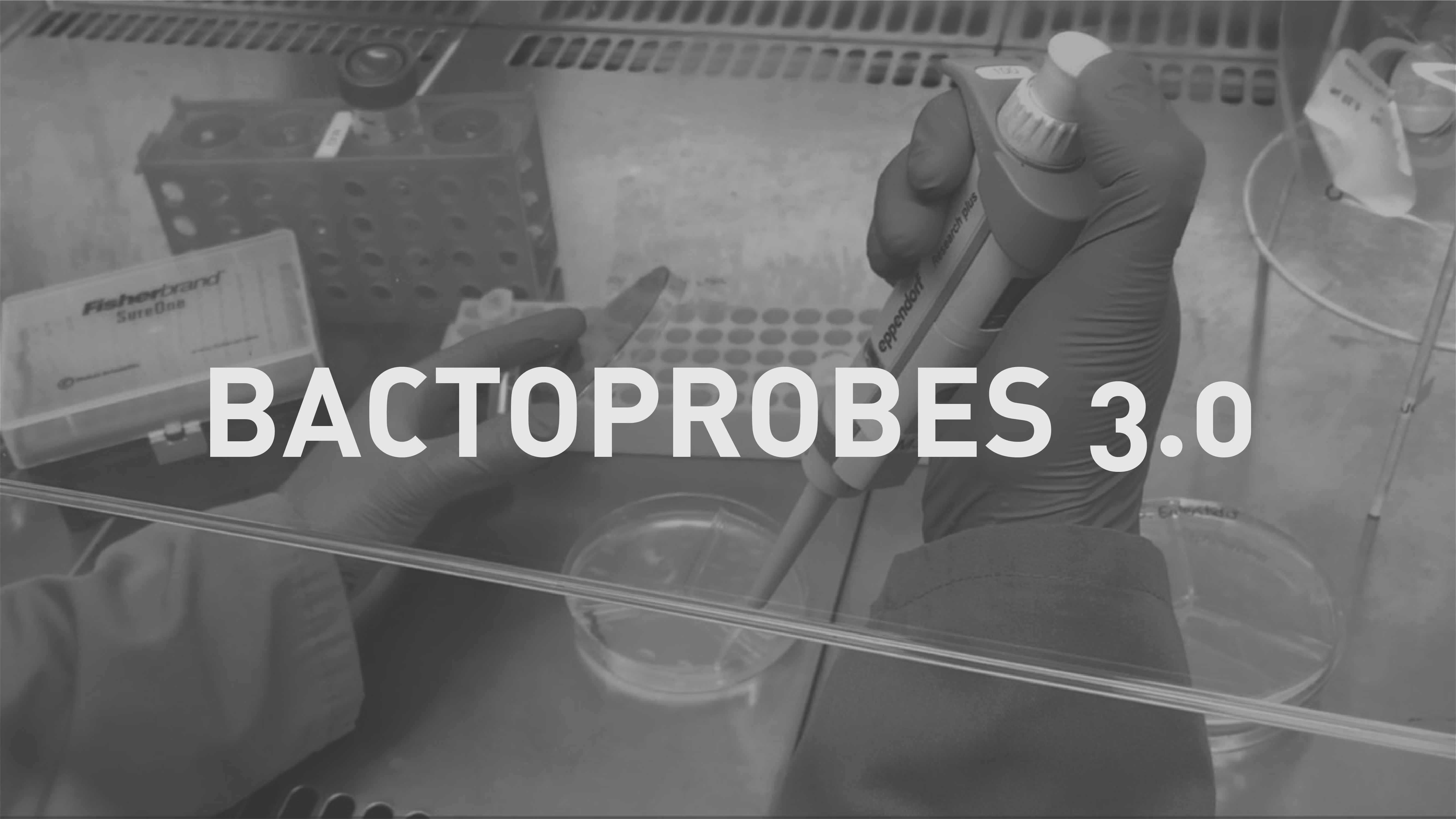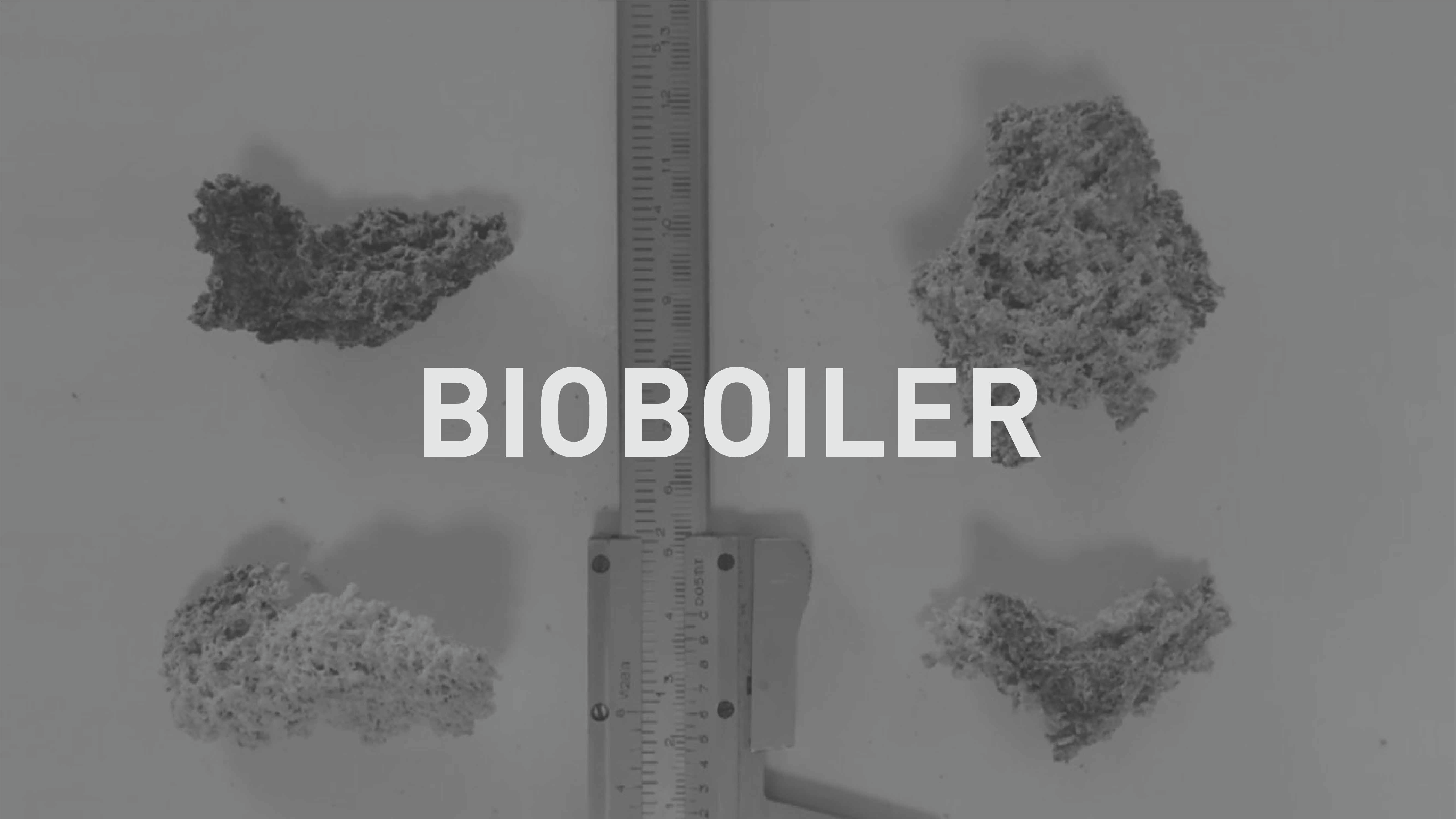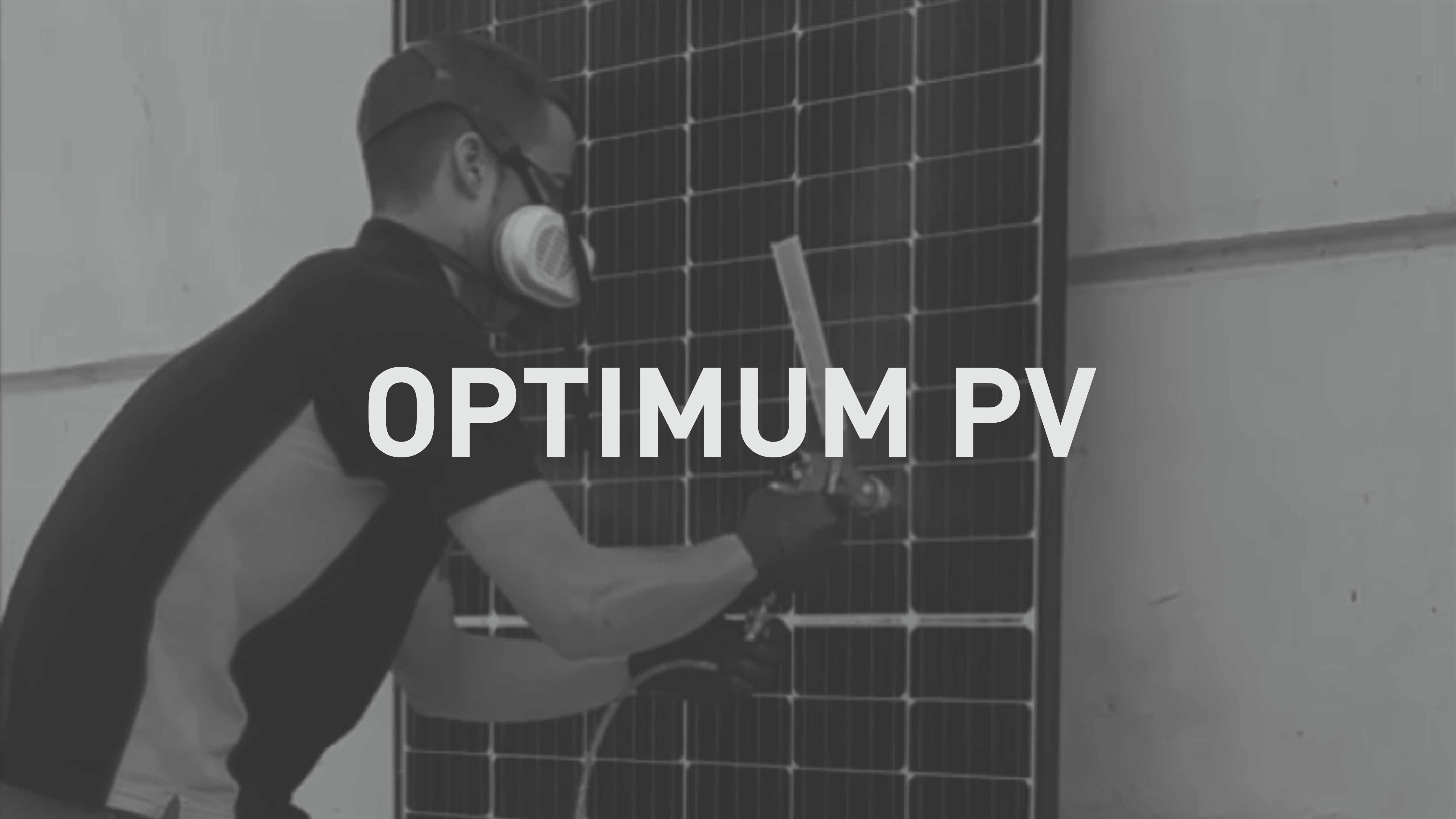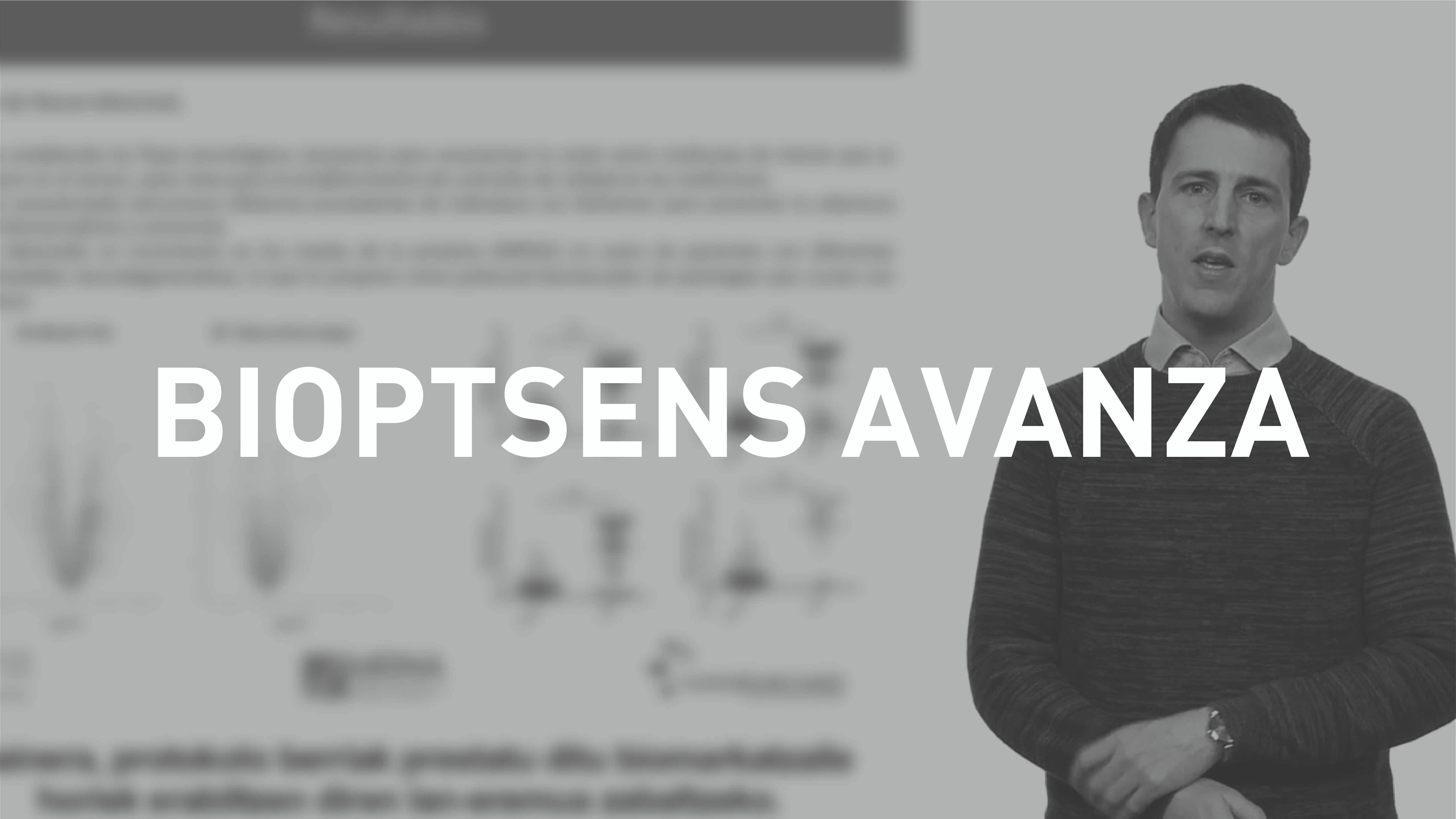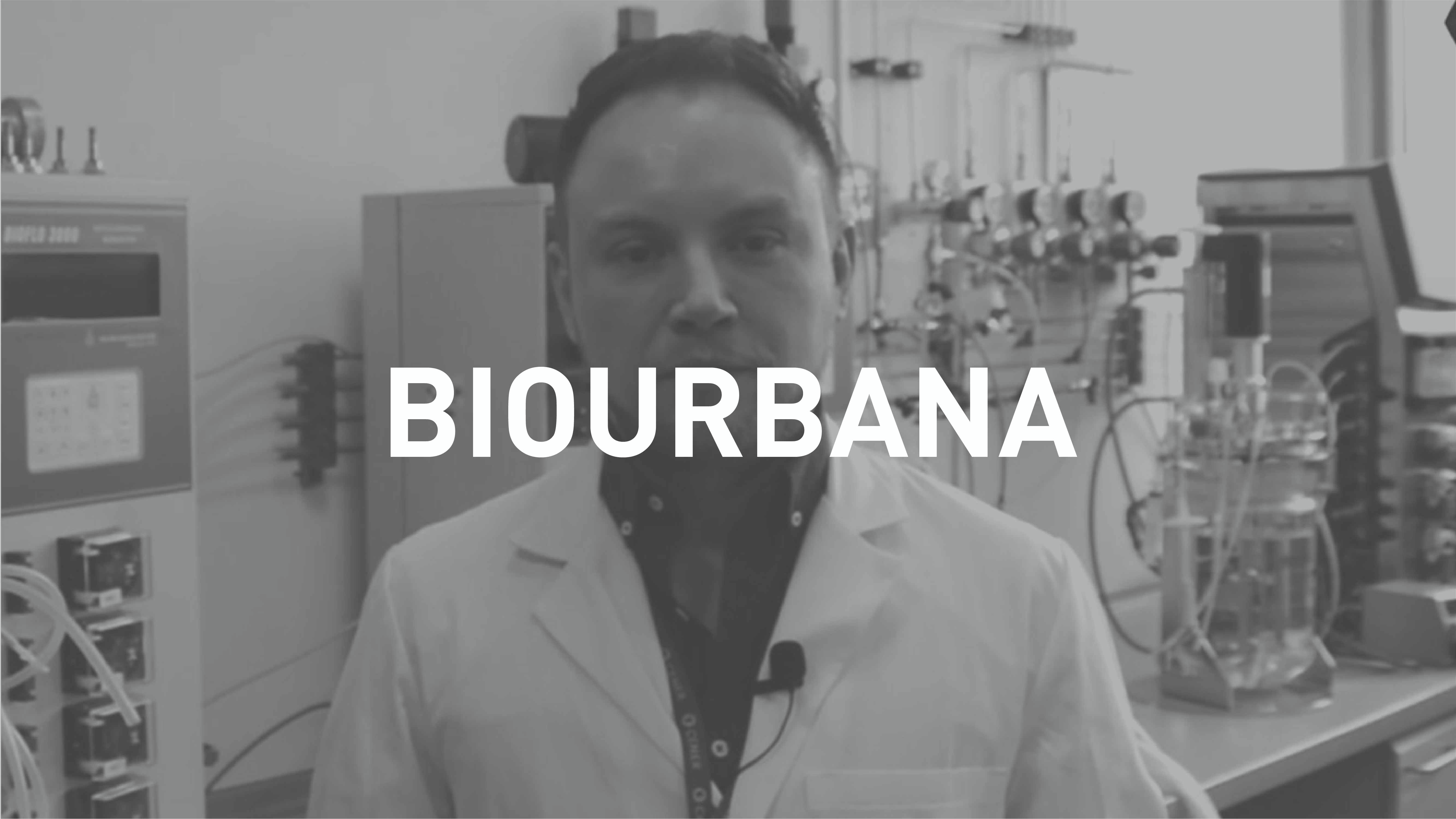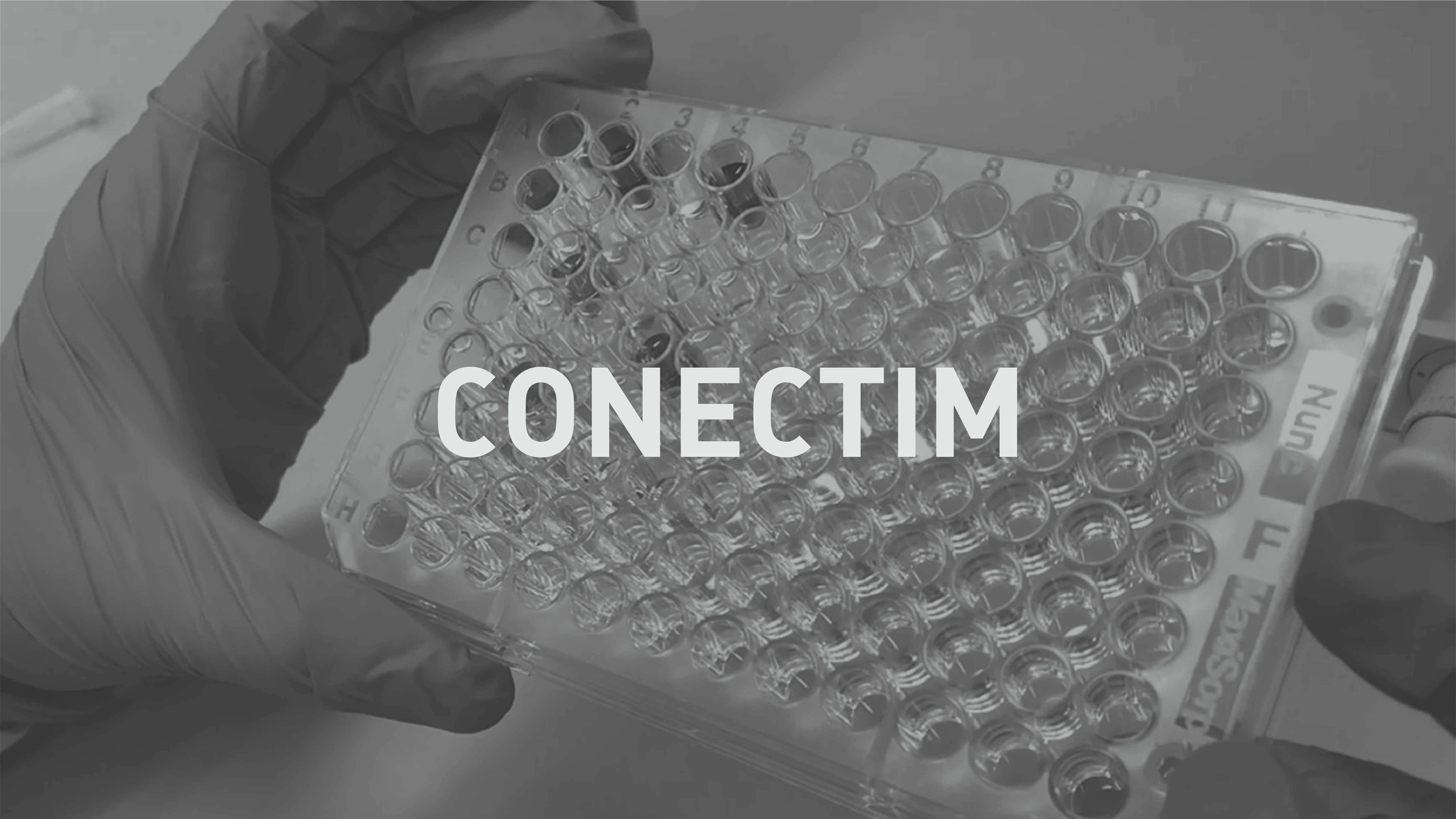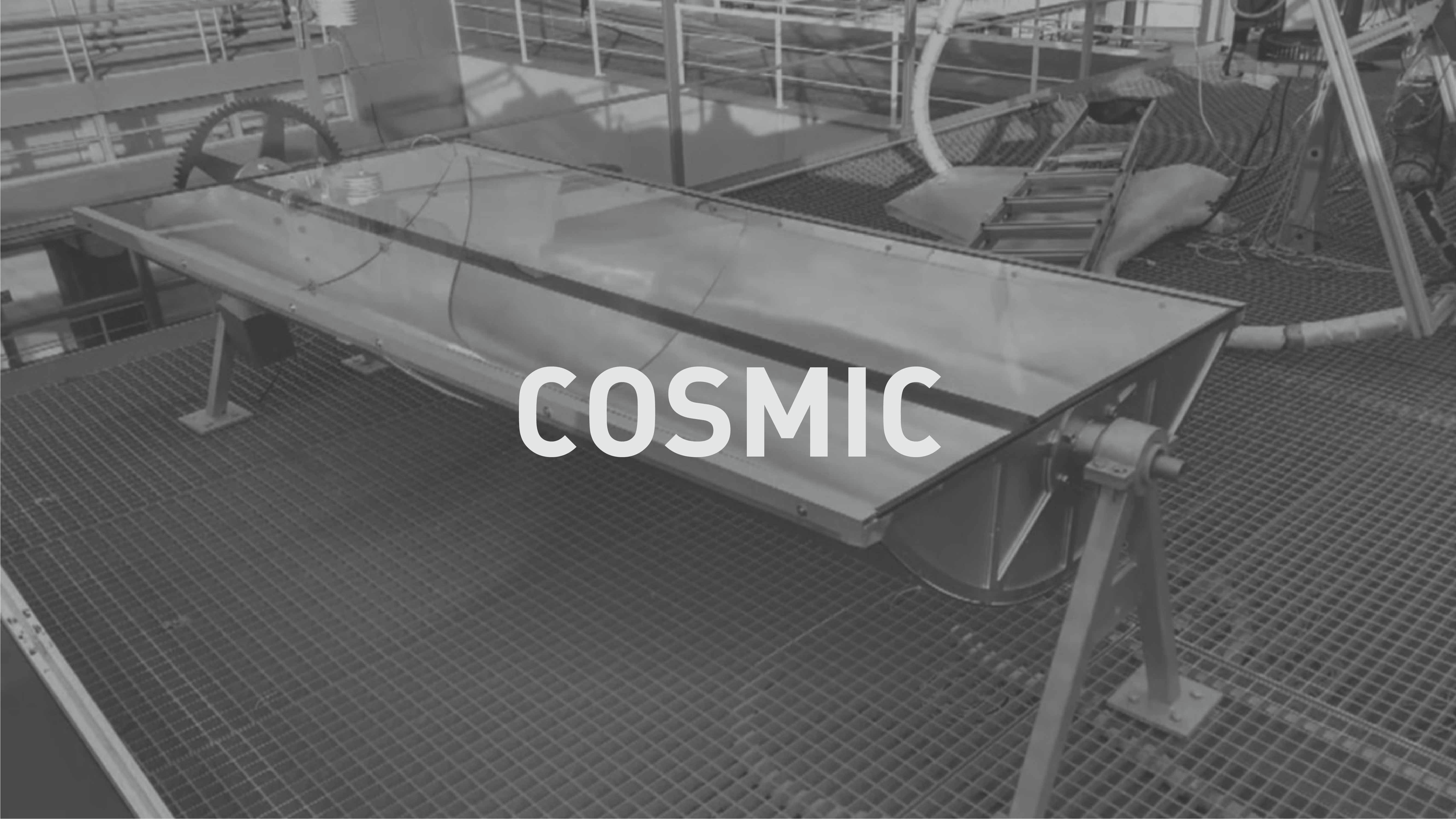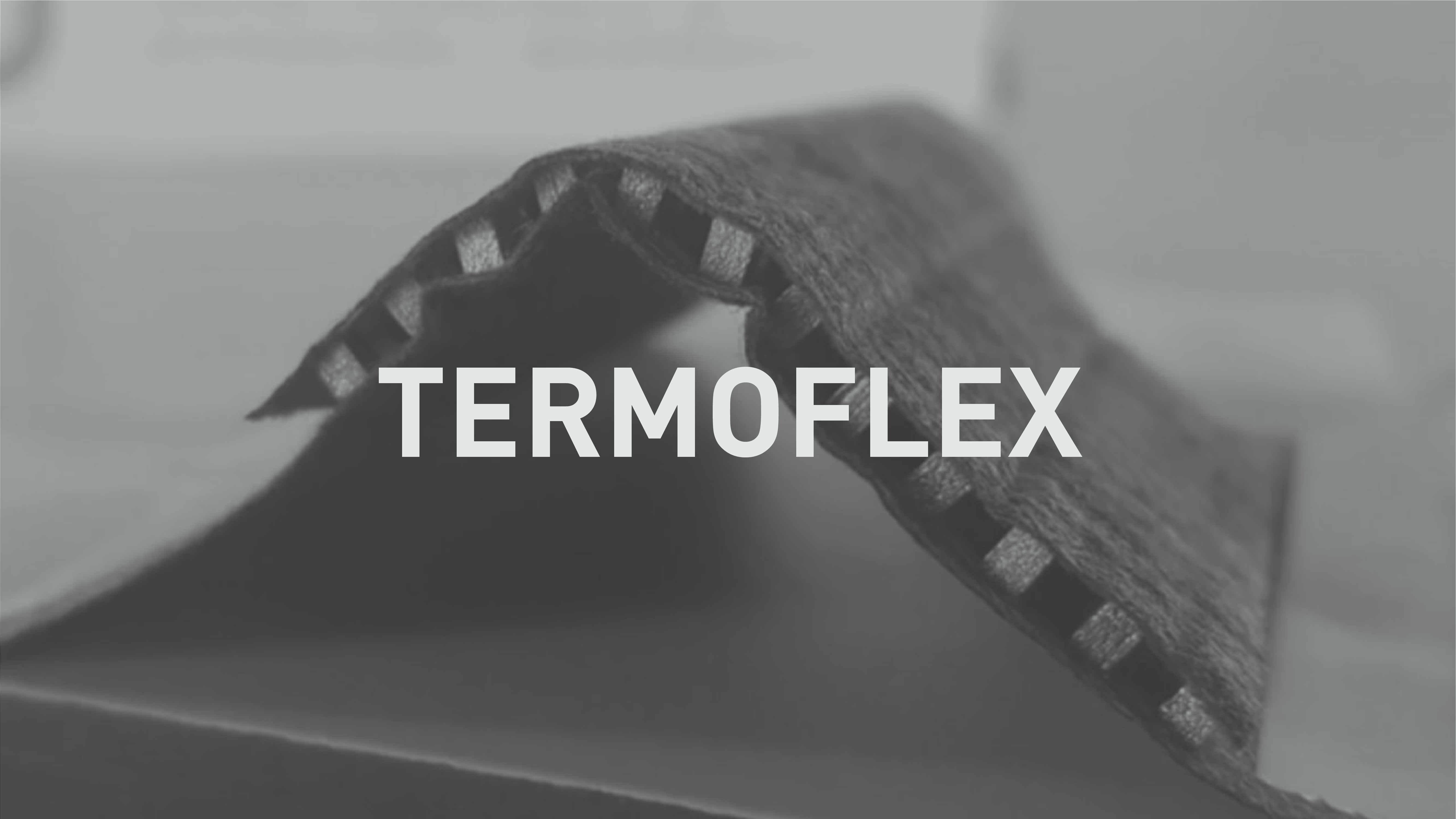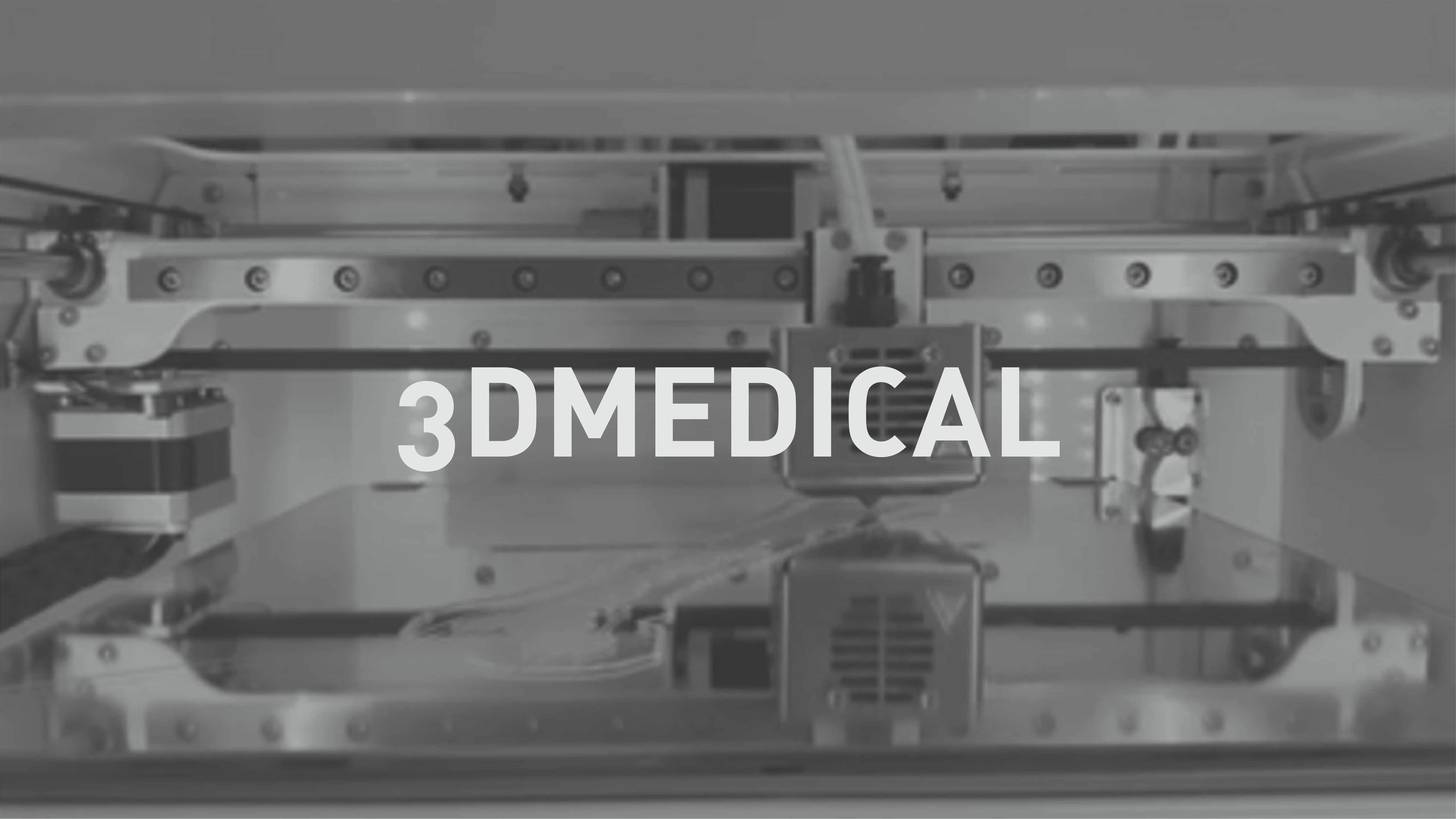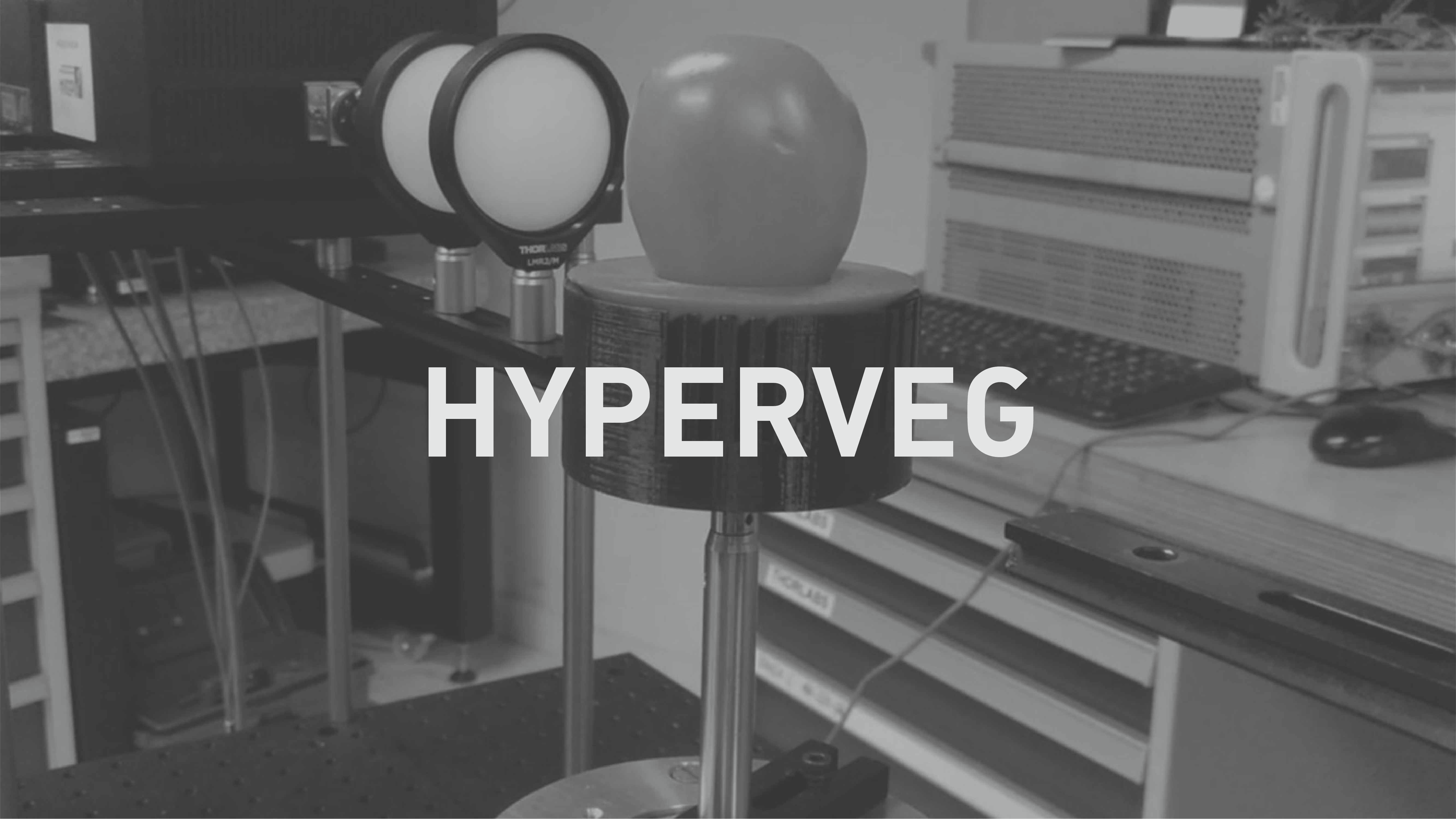To be able to synthesise a ground breaking device with those characteristics and an ultracompact solution, we have relied on the emerging scientific disciplines of evolutionary computation and nanophotonic metasurfaces. Evolutionary computation is based on evolutionary theories to solve combinatory optimisation problems. That makes it possible to solve multiobjective problems that traditional optimisation algorithms cannot solve. These advanced algorithms have been applied to metasurface design, which makes it possible to manipulate radiation in an unconventional way and with an electromagnetic response designed a la carte. The analysis was done using numeric methods based on electromagnetic simulators and its veracity was tested using previously known solutions.
The challenges that were intended to be tackled with the multidisciplinary approach are, on one hand, to find a radical new approach for attacking the problem of passive radiative cooling by creating a new paradigm based on advanced evolutionary algorithms that go beyond the designs made and take human intuition as a base. On the other hand, the idea consisted of developing a functional prototype for designing passive cooling solutions based on thermal effects that take place in the mid-infrared range. That would make it possible for coatings to be designed that would be part of roofs for buildings where energy consumption derived from climate control systems could be drastically reduced.
Therefore, to goal of this project is to apply evolutionary computation algorithms to the development of ultracompact passive radiative cooling devices that have greater than state-of-art cooling capacities. To achieve radiative cooling the power radiated by the surface (Prad), which is strongly linked with the emissivity of the device, must be maximised and the power absorbed (Path + Psun) must be minimised, in accordance with the power balance below.
Pnet(T) = Prad(T) – Patm(Tatm) – Psun
The emissivity of the device, in turn, depends on the parameters of the metasurface. Multilayer nanopyramidal structures were studied in this project. Different values for those parameters were studied using evolutionary algorithms. The optimum solution has thus been found in the combination of those parameters (shown below) that maximise the power balance. It is intended to be manufactured and measured in the next phase of the project.



